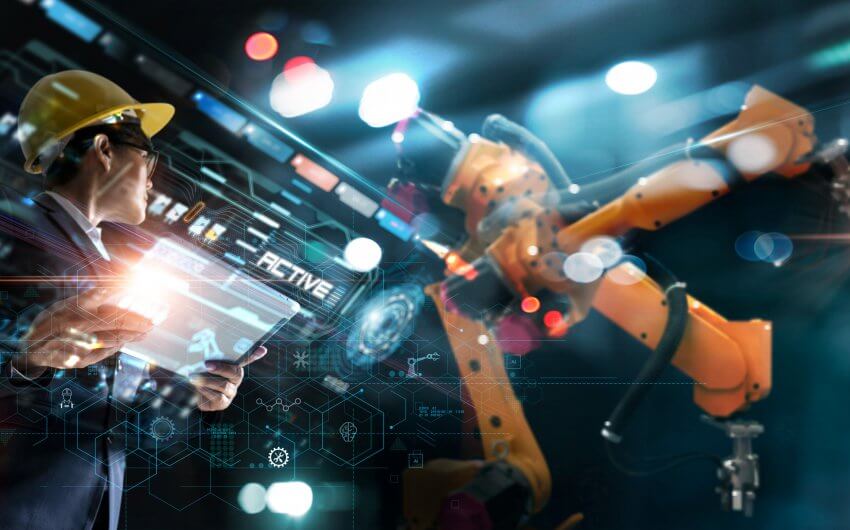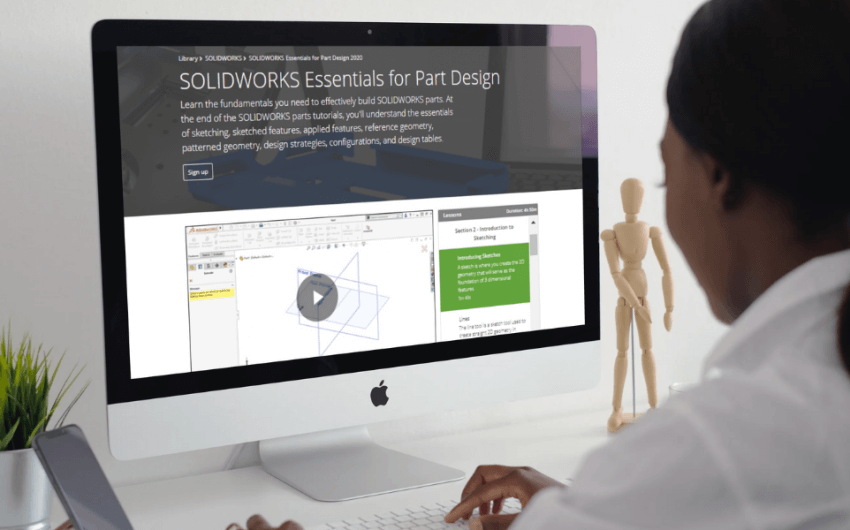The aging workforce is a topic many professionals, especially those in management and HR, are familiar with. Longtime employees are starting to retire and millennials are taking over the workplace. In fact, there are currently 83.1 million millennials in the US, making up 25% of the population, and by 2020, millennials will make up 46% of the US workforce. It’s not a matter of if companies need to train millennials, it’s a matter of when they’ll make the transition and do they understand how to train them.
Rapid changes in technology are reducing the shelf life of skills in today’s workforce. Millennials are feeling the effects of these changes because the skills they graduate with are quickly losing relevance and the volume of knowledge needed to do their jobs is growing. Luckily for me, my company is ahead of the curve, already has a number of millennial employees, and has created a continuous learning program to fit our needs.
Anyone born between 1981 and 1996 is considered a millennial. Social media, smartphones, and Neopets were all cultural phenomenon during this generation’s formative years. Millennials have grown up with technology and are used to being constantly connected; they know no other way. This has shaped the way millennials learn, especially in the workplace.

There are three principles I suggest following when adjusting your company training program to suit the soon-to-be majority millennial workforce — on-demand curriculum, micro-learning, and community-based training.
On-demand curriculum
Information has always been easily accessible to millennials through the internet and smartphones. This has neutralized the intelligence playing field since all information is accessible to anyone. For this reason, millennials, more than any other generation entering the workforce, rely on instant gratification and this is why on-demand resources are so important. We want to be able to quickly answer a question or find a solution to a problem and move on to continue the job at hand.
The world is also a much smaller place than it once was. millennials, who are more likely to live in more than one city/state, are highly interested in travel, and place less value on sitting at a desk in a traditional office environment, need to be able to access these resources from anywhere at any time as many of them are likely working remotely.

Micro-learning
Today, more than ever before, there’s a lot more competing for our time and attention. And let’s not forget, millennials are a generation that’s used to taking in 140 characters or less (Twitter launched in 2006). From text messages to live-chats, we’re accustomed to taking in information in quick, short bursts. This allows us to quickly get the information we need, and actually retain and be able to apply our learnings.
Community-based training
Millenials like to learn with other people. As mentioned above, the internet and social media have made the world a much smaller place, and millennials are used to being able to quickly connect with others to solve problems and engage in conversation. This reinforces the learning, but also provides necessary feedback. More than any other generation, millennials want feedback–we want to know when we’re doing a good job and where we need to improve.
There’s no doubt that millennials will make an impact on the US workforce. Companies need to proactively adjust their learning environments and training strategies in order reap the benefits of this generation. Don’t fall behind the curve by waiting to implement these strategies as no matter the makeup of your current employees, these strategies will have an immediate impact on your company culture and bottom line.
























